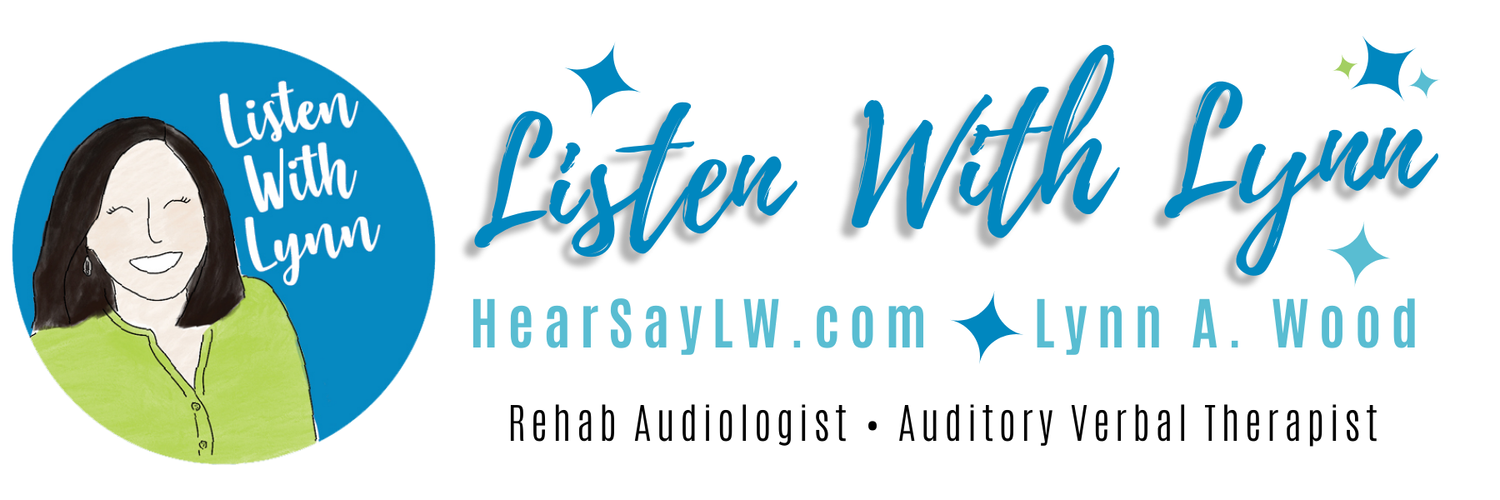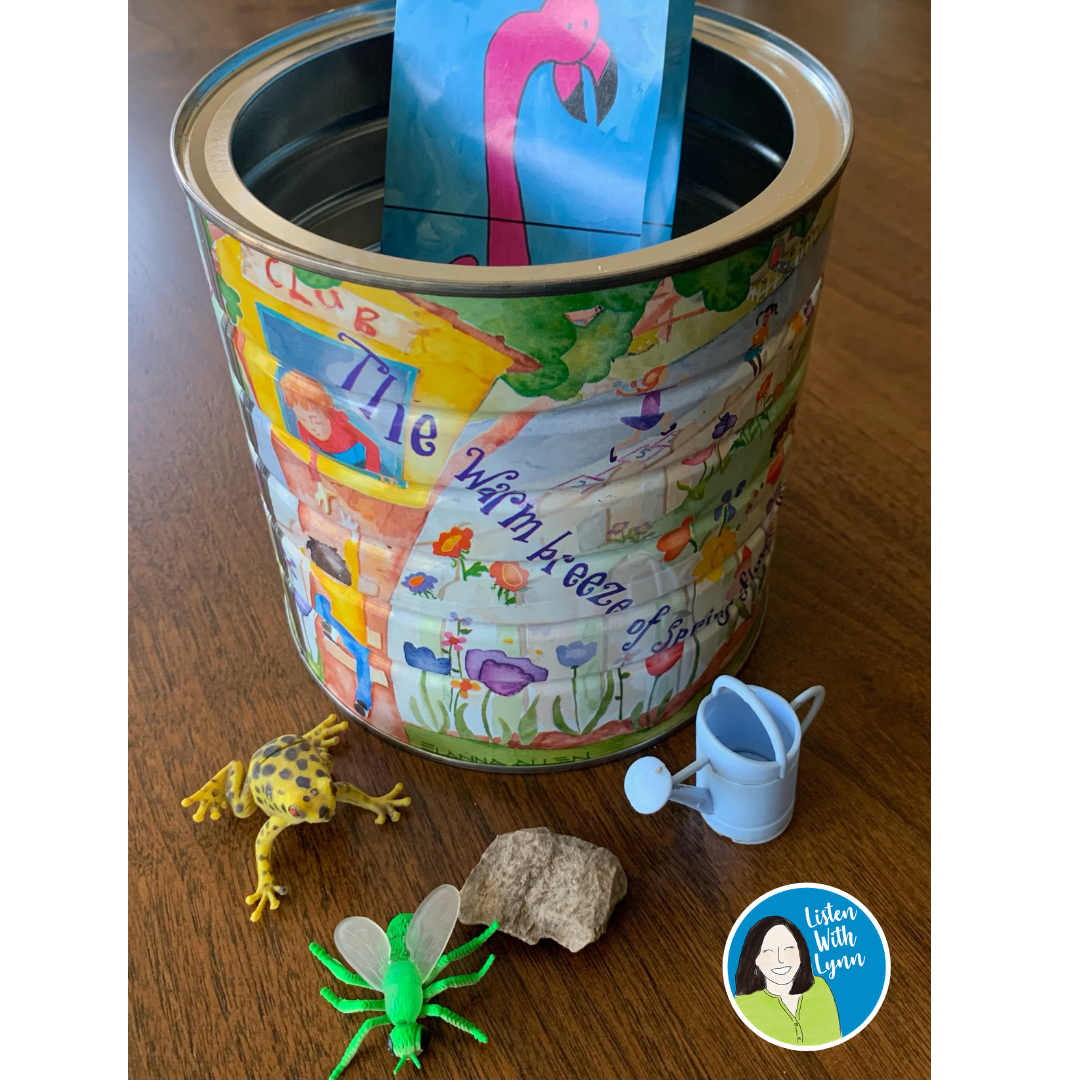Summer in A Can is one of my classic LSL auditory verbal therapy activities that really get kids talking and sharing while focusing on time elements and past tense storytelling skills. Kids relish collecting and filling their can with memories and treasures and have no idea they are growing listening and spoken language skills.
You’ll Need an empty plastic or metal coffee can. If the child wants to make the can personal, they can wrap it in construction paper and decorate it.
Directions The child collects mementos from summer adventures and keeps them in their can. A seashell from the beach, a feather from a bird, a rock from a hike, pictures from a brochure, a ticket stub, a toy car that reminds them of a road trip, or anything to jog memories. If they begin early in the summer and they will have a can full of memories.
Summer in A Can is an easy and rich activity to build spoken language skills all summer long.



















